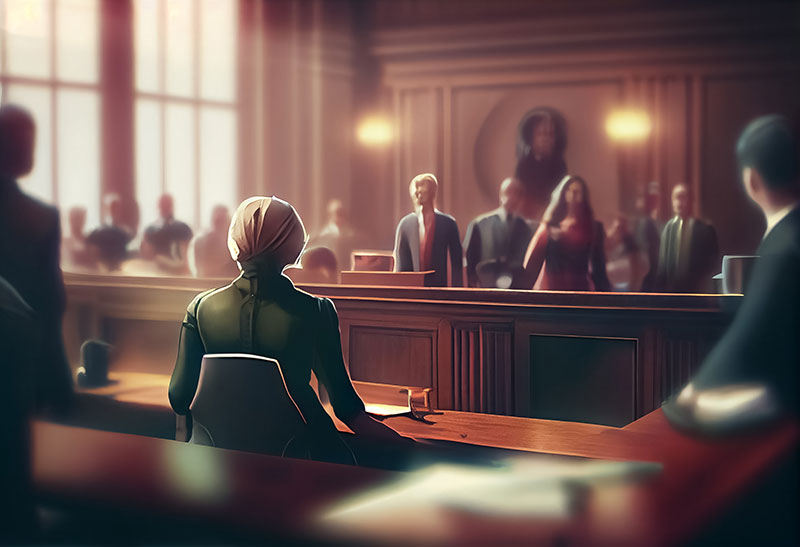
As courtroom communication evolves, visuals have become central. Legal teams increasingly use illustration to explain events, scenes, and processes. LawFX specializes in producing precise, strategic visuals for trial and pre-trial support.
What Are Courtroom Illustrations?
Unlike media sketches, these visuals aim to explain—not just depict—key scenes or events from a case. They may include accident reconstructions, injury depictions, or medical procedure visuals. LawFX ensures each piece aligns with legal standards while enhancing testimony.
The LawFX Approach to Legal Illustration
Their illustrations are custom-built after consulting with lawyers, witnesses, and experts. Each image supports testimony and simplifies complex evidence.
How Legal Illustrations Improve Trials
Jurors often retain images far better than spoken copyright. An effective illustration can support or even replace lengthy explanations. This improves juror retention and creates stronger emotional impact during trial.
Courtroom Illustration and Legal Graphics—What’s the Difference?
Trial graphics often include text, timelines, or bullet-point summaries. Illustrations, by contrast, depict scenes or injuries to tell a visual story.
Who Uses Legal Illustrations?
Attorneys in fields like personal injury, product liability, and malpractice use visuals to explain their case. The versatility of these visuals makes them valuable across all phases of litigation.
Types of Cases That Benefit from Courtroom Art
Jurors can see what happened instead of just hearing it. LawFX's expertise helps clarify these high-stakes issues through careful illustration.
From Concept to Courtroom: LawFX’s Workflow
Next, they collect evidence, photos, expert reports, and medical records. Drafts are created and reviewed with the legal team for accuracy. This collaborative method ensures that every visual is effective, precise, and courtroom-approved.
Improving Jury Comprehension with Art
Most jurors are unfamiliar with technical language or specialized procedures. Visual storytelling keeps jurors focused and makes complicated testimony easier to follow.
Admissibility of Legal Visuals
They collaborate with experts to confirm that each illustration reflects actual evidence. Avoiding exaggeration or misleading design ensures their work withstands scrutiny and contributes to trial success.
Visual Aids for Negotiation
They show the strength of a case in ways that copyright cannot. Attorneys use them to influence settlement terms or simplify complex arguments during mediation.
Courtroom Illustration FAQ
What visuals do you create? Courtroom illustrations, trial graphics, 3D models, and digital presentations.
Are they admissible? Yes—they meet evidentiary standards and are reviewed with experts.
What’s the difference between illustrations and trial graphics? Graphics show data; illustrations show events or scenes.
Where can they be used? In court, settlement, depositions, and mediation.
How long does it take? check here Simple visuals take days, complex ones may take 1–2 weeks.
Final Thoughts
They’re no longer optional—they’re essential. For persuasive, professional visuals that tell your story—LawFX delivers.